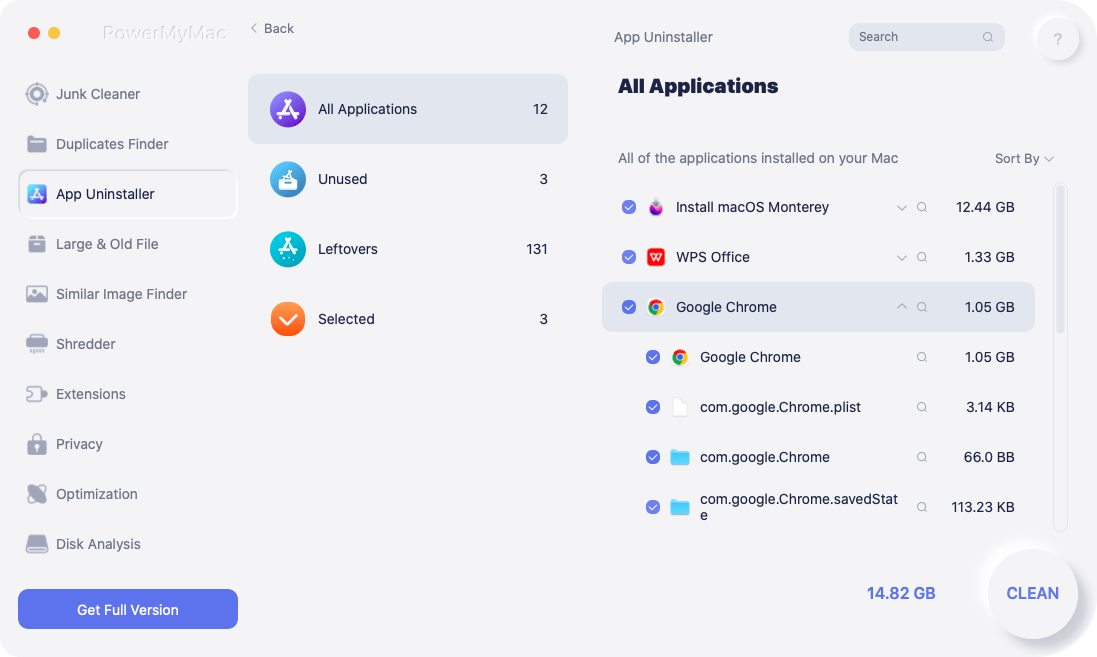With more people relying on cloud storage daily, it's no surprise that cybercriminals are targeting users through sophisticated Dropbox scam tactics. These scams often arrive via fake emails, suspicious links, or fraudulent file sharing requests that trick users into revealing personal data or downloading malware.
If you’ve received a suspicious Dropbox notification, it’s time to take action. In this guide, we’ll explain how to identify the Dropbox phishing, what to do if you’ve been targeted, and how to secure your Mac by removing suspicious files and improving system protection.
Contents: Part 1: What Is a Dropbox Phishing Scam?Part 2: How to Identify a Dropbox Phishing Scam?Part 3: How to Protect You from Dropbox Phishing Scam?Part 4: Conclusion
Part 1: What Is a Dropbox Phishing Scam?
A Dropbox scam is a fraudulent attempt to exploit Dropbox's trusted name to deceive users into clicking harmful links, downloading malicious files, or giving away sensitive information. These scams are especially dangerous because they appear to come from legitimate sources.
Common Types of Dropbox Scams:
- Phishing Emails: Look like real Dropbox file share requests but lead to fake login pages.
- Fake Download Links: Disguise malware as shared documents or folders.
- Credential Theft: Use spoofed Dropbox interfaces to steal usernames and passwords.
- Business Email Compromise: Use Dropbox links to impersonate clients or colleagues.
These scams are growing more advanced, using familiar branding and email designs to avoid detection. If you're not careful, falling for a Dropbox scam could result in lost data, identity theft, or even ransomware.
Part 2: How to Identify a Dropbox Phishing Scam?
Detecting a Dropbox scam early is crucial. Here’s what to look for:
- Unexpected file requests or shares from people you don’t recognize.
- Misspelled sender addresses like “dropb0x.com” instead of “dropbox.com.”
- Urgent or threatening language, pushing you to click quickly.
- Generic messages like “Please see the file I shared with you” without any context.
Even if the email looks legitimate, inspect the link before clicking. Hover over it and see where it leads. If the URL doesn’t point to dropbox.com or contains suspicious characters, it’s likely a Dropbox scam. Additionally, never download ZIP, EXE, or unfamiliar file types from unknown sources.
Part 3: How to Protect You from Dropbox Phishing Scam?
If you've clicked a suspicious link or downloaded a file you’re unsure of, your Mac might already be at risk. This is where iMyMac PowerMyMac comes in. It helps detect, clean, and optimize your system to guard against threats introduced by a Dropbox scam.
How PowerMyMac Defends Your Mac:
Malware Cleanup: PowerMyMac helps identify suspicious or hidden files that traditional tools may overlook. If a Dropbox scam has planted unwanted software or files, PowerMyMac's Smart Cleanup feature can scan for:
- Suspicious downloads in your system folders
- Hidden malware disguised as document files
- Broken or unnecessary login items from scam apps
App Uninstaller: Scam files often install themselves as background applications. PowerMyMac removes all traces of these apps, even the leftover files that remain after uninstalling.

Privacy Protection: Scams may store your personal data in browser caches, cookies, or download logs. PowerMyMac wipes these clean to keep your Mac secure and your online identity safe.
Boost Mac Performance: After dealing with a Dropbox scam, your system may slow down due to malicious processes running in the background. PowerMyMac helps reclaim memory, optimize startup programs, and monitor CPU usage so your Mac performs like new again.
Duplicate Finder: Identifies and removes duplicate photos, documents, and downloads that silently eat up storage.
By proactively cleaning and maintaining your system, you reduce the chance of malware spreading or security holes staying unnoticed after a scam attempt.
Part 4: Conclusion
A Dropbox scam can be deceptively convincing—but with the right tools and awareness, you can avoid falling victim. Always inspect shared links carefully, verify the sender, and never download unknown files. If you suspect you've interacted with a Dropbox scam, use iMyMac PowerMyMac to thoroughly clean your system, boost your Mac’s defenses, and ensure you're operating in a safe environment.
Stay alert. Stay protected. And when in doubt, let iMyMac PowerMyMac do the heavy lifting to keep your Mac scam-free.



